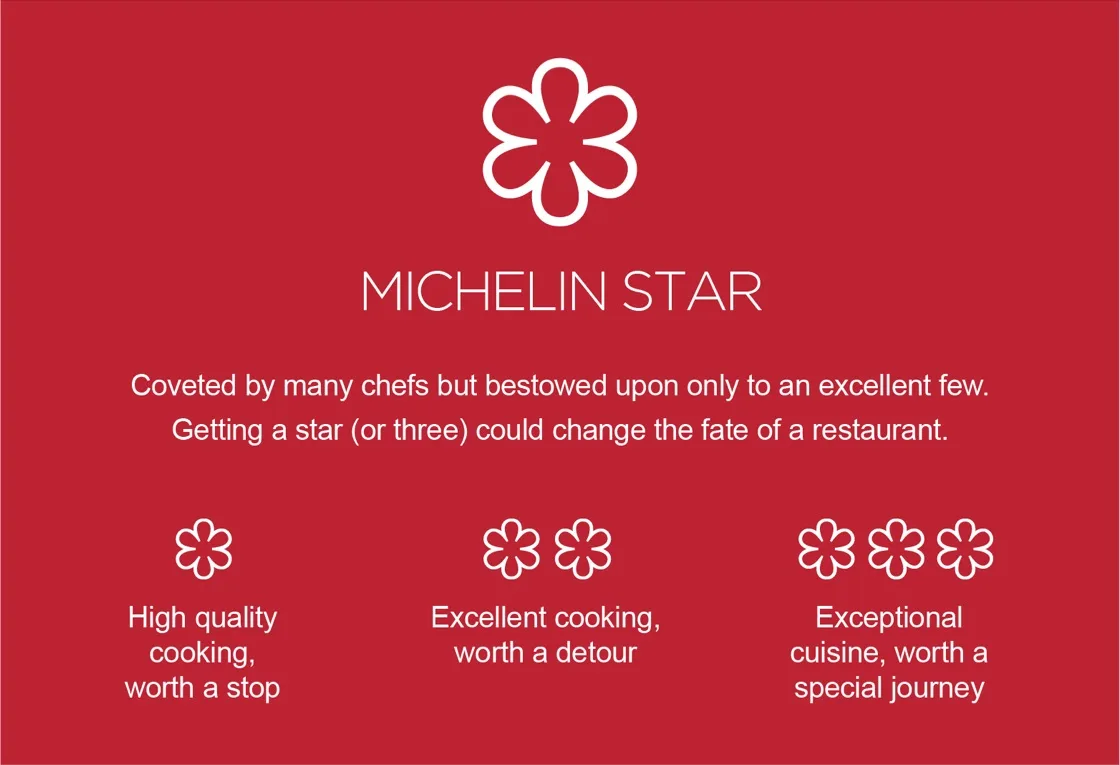Michelin Star Strategy As A Timeless Marketing Playbook for D2C Brands, Restaurants & Marketplaces
When you think of Michelin, what comes to mind?
Delicious food? 3-star restaurants? The ultimate dining guide?
Most people are surprised to learn the Michelin Guide was created by a tire company—yes, Michelin Tires. And that behind the stars and fine dining is one of the most brilliant, evergreen marketing strategies ever executed.
In this blog, we’ll break down:
- What Michelin really did
- Why it worked so well
- How you can apply the same indirect strategy to grow your D2C brand, restaurant, or online marketplace today
🛞 A Tire Company That Rated Restaurants?
In 1900, Michelin, a French tire manufacturer, wanted to encourage more people to drive. More driving meant more worn-out tires, which meant more sales.
But back then, cars were still a luxury, and road trips weren’t common.
So what did Michelin do?
They created a free travel guide for drivers. It included:
- Maps
- Tips on car maintenance
- Places to fuel up
- Most importantly: restaurant and hotel recommendations
In 1926, they added the first Michelin Star rating. Eventually, it became a globally respected standard for fine dining.
✅ They didn’t promote tires directly.
❌ They didn’t run tire ads everywhere.
🎯 Instead, they promoted travel, which increased the need for tires.
This is genius indirect marketing:
They solved a problem before the sale, not at the sale.
🔁 The Michelin Marketing Formula
Let’s break it down into a repeatable framework:
1. Promote a valuable behavior that naturally increases product usage
2. Position yourself as an authority around that behavior
3. Let the product demand grow as a natural side effect
🍽️ How Restaurants Can Use the Michelin Model
Instead of just pushing menus or discounts, create aspirational discovery
Ideas:
- Create your own restaurant rating system (e.g., “City Eats Verified”)
- Partner with food bloggers or chefs to curate monthly dining lists
- Launch a dining passport or “food trails” that drive repeat visits
- Highlight top dishes from hidden gems, not just your own location
Indirect benefit: You create a food culture around your restaurant, not just a transaction.
🛍️ For D2C Brands: Sell the Lifestyle, Not Just the Product
Michelin promoted travel. You can promote behaviors that drive product usage.
Example Behaviors:
- A skincare brand promotes “7-Day Skin Reset Challenge”
- A fitness brand launches “Get Fit @ Home” guide
- A kitchen brand builds “Home Chef Bootcamp”
Execution Ideas:
- Build content hubs, challenges, or email sequences around the lifestyle
- Offer downloadable guides or interactive tools
- Let influencers lead themed campaigns (“What’s in My Morning Routine”)
Indirect benefit: These behaviors require your product to work—so customers buy naturally.
🛒 For Marketplaces Like Amazon: Curate, Don’t Just Sell
You’re a platform with tons of sellers. Don’t just be a catalog. Be a discovery engine.
Michelin-style Marketplace Ideas:
- Launch your own awards: “Marketplace Choice,” “Best Value Under ₹999,” “Eco Hero Brands”
- Publish seasonal or themed guides: “The Home Refresh List,” “Festival Picks 2025”
- Highlight rising sellers or creators: Make them local legends with badges
- Create monthly discovery themes: “Declutter Month,” “Gifting Goals,” “Back to Office Essentials”
Indirect benefit: Customers shop more often, more widely, and more intentionally when they trust your curation.
🧠 Why This Works (Psychology + Strategy)
- ✅ You lead with value, not a hard sell
- 🧠 You create mental triggers: behavior → product → your brand
- 🚪 You build an open loop: users want to come back and explore more
- 💬 You generate word-of-mouth: no one shares a discount code, but they share a “Top 10 Must-Have List”
🏁 Final Thoughts
The Michelin Guide wasn’t just about food. It was a masterclass in behavioral marketing.
It shows that if you can:
- Create aspiration
- Promote intentional behavior
- Build credibility and trust
…then product sales follow organically.
So whether you’re a Shopify D2C brand, a restaurant, or a marketplace:
Stop thinking like a seller. Start thinking like a guide.
That’s how you build long-term brand value in a crowded world.
Want to Apply This?
Drop a comment or reach out and I’ll help you:
- Name your own “Star” or “Badge” system
- Design a themed guide or challenge
- Build a calendar of behavior-driven campaigns
The Michelin Model is timeless. You just need to adapt it to your world.


Leave a Reply